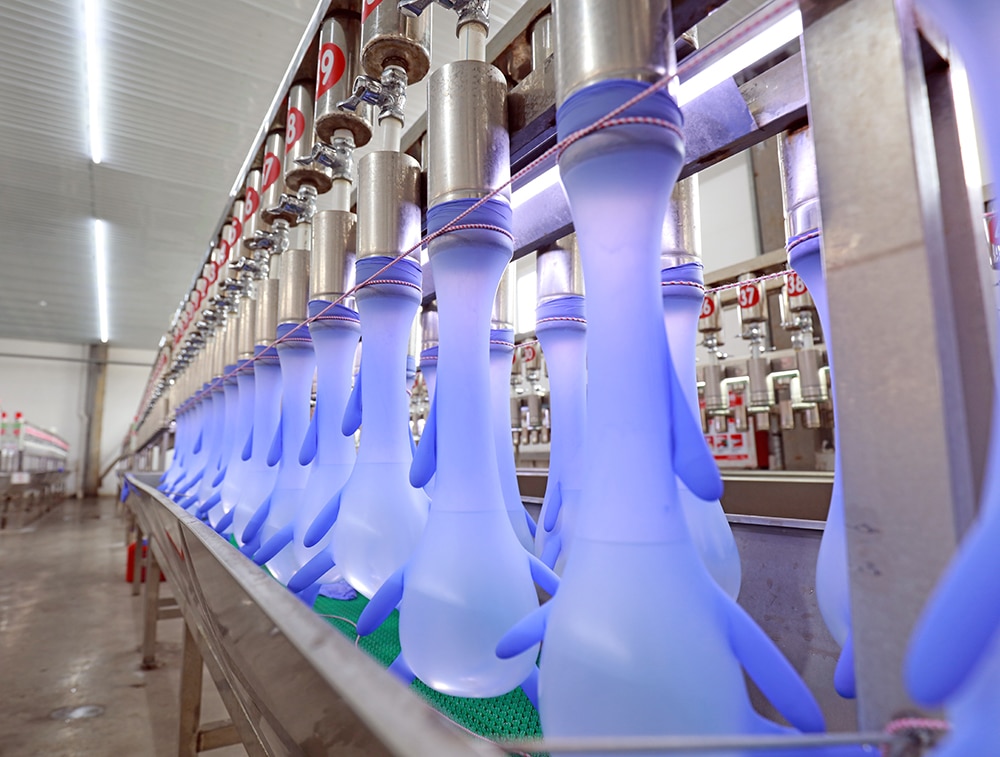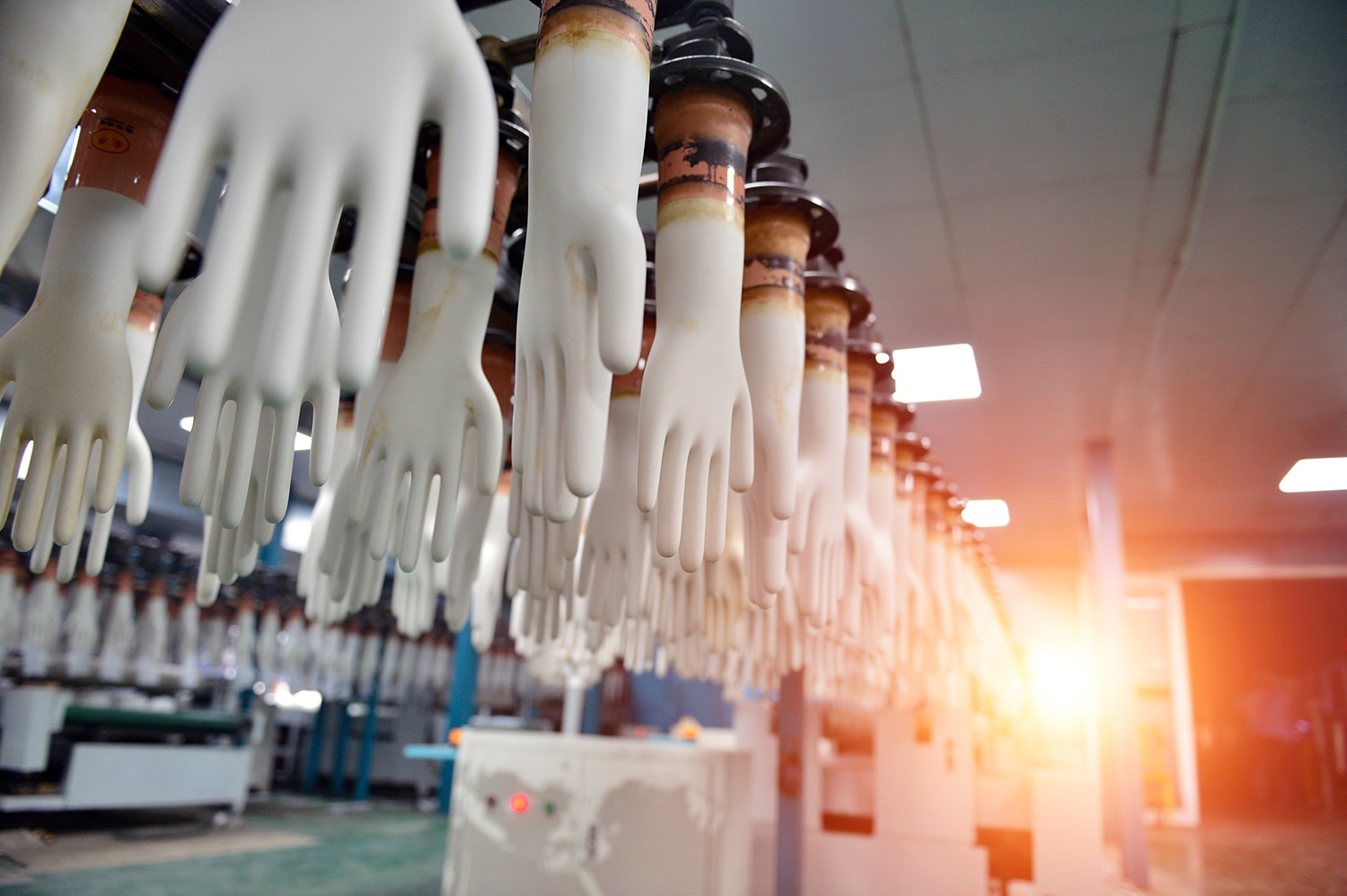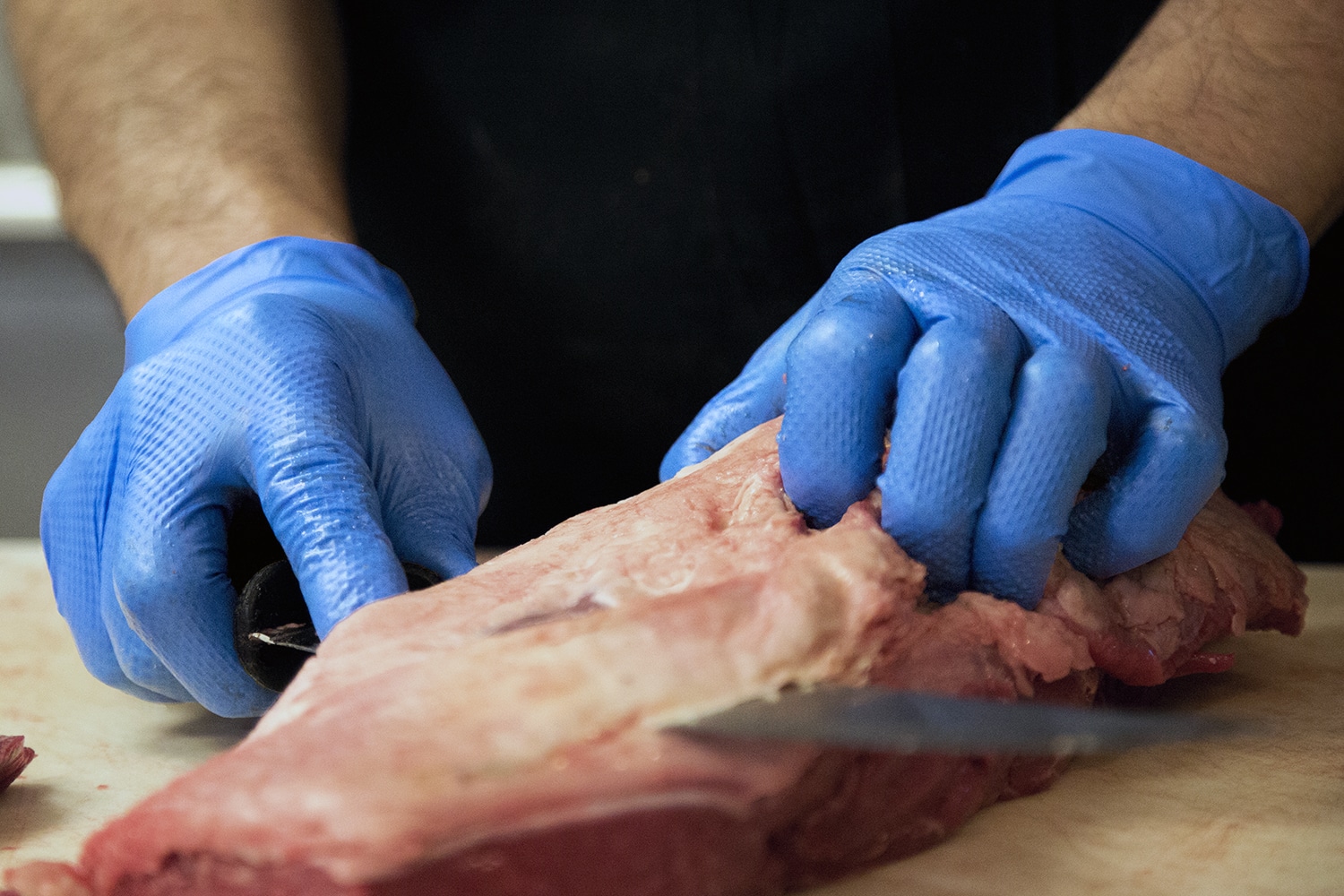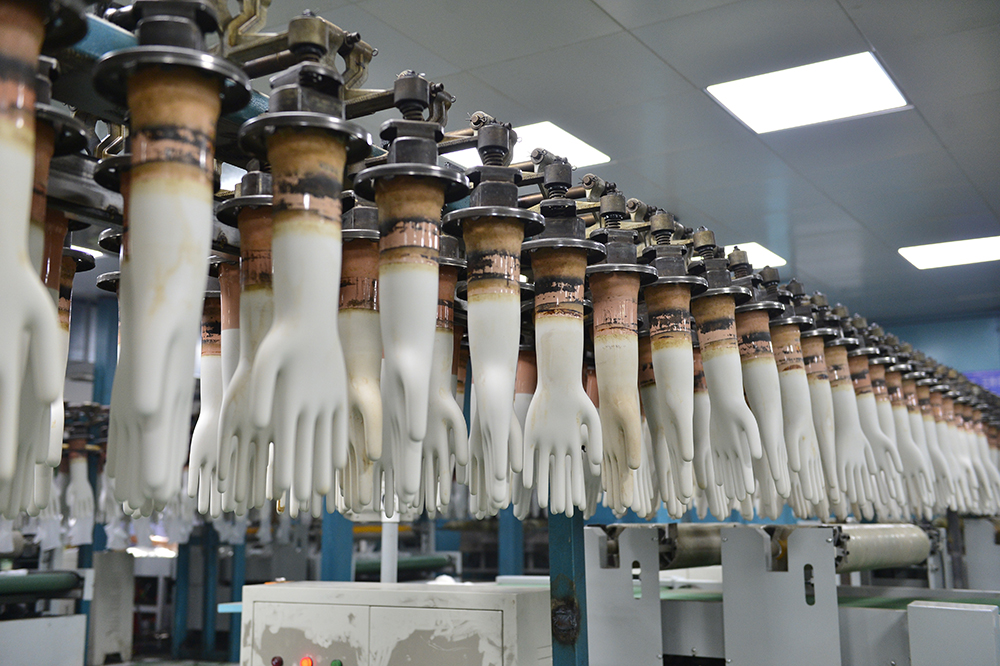Third of four parts
Throughout 2023, due to higher interest rates in the United States, the U.S. dollar exchange rate has been strong when compared with Asian currencies—and that helped to keep glove prices lower. The dollar exchange rates are now off their highs, which will erode the buying power of U.S. buyers.
This is all the more reason to order early and fill your inventory before outside factors complicate the market. AMMEX boasts a 98%-plus fill rate on its top products, so you stand to take advantage of an excellent opportunity.














